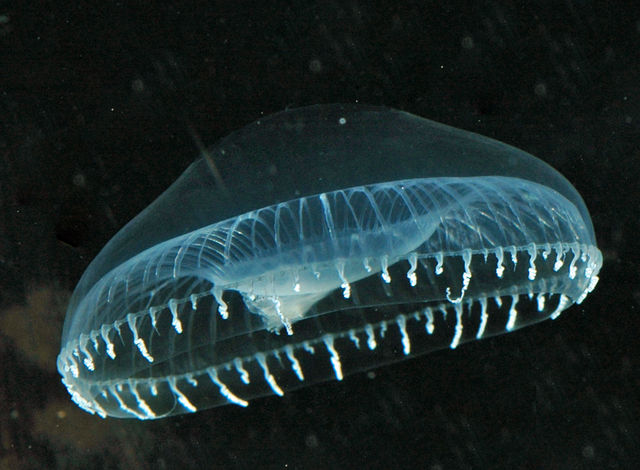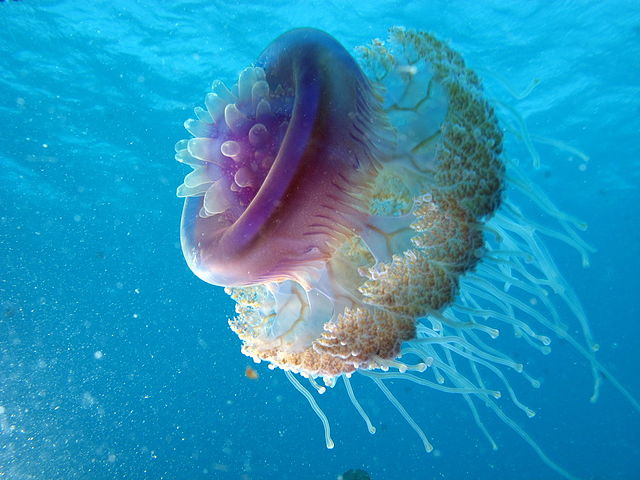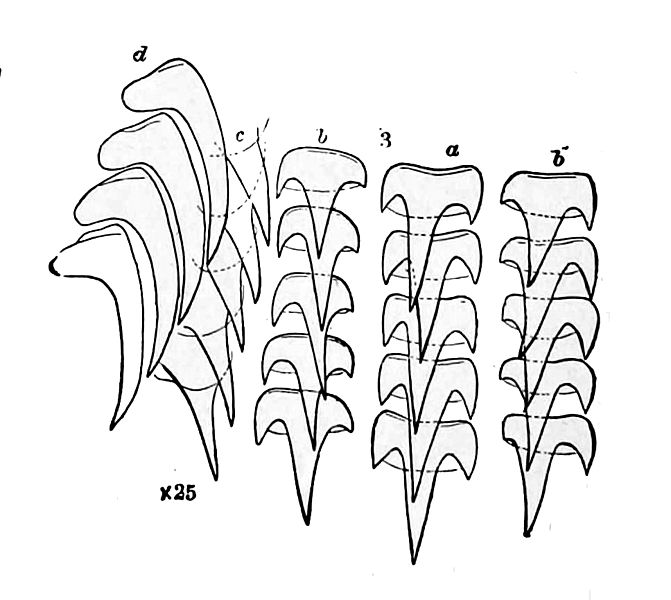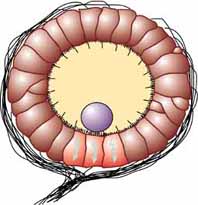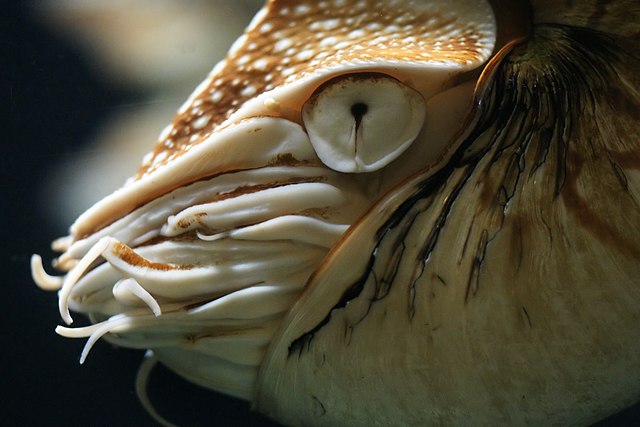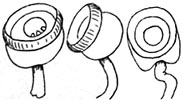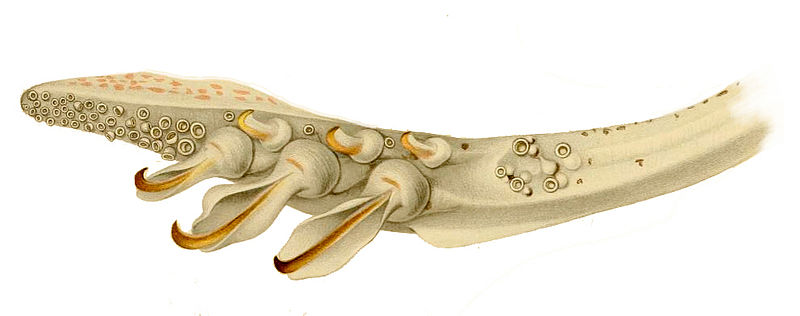We just learned about the Nomura's Jellyfish.
Another type of jellyfish is the Blue Blubber Jellyfish, also called the jelly blubber or catostylus mosaicus.
This type of jelly lives over by Australia, and swims around with lots of other blue blubbers in big swarms.
Sometimes it is blue, or white or even brown, and it grows to be about 18 inches.
They mostly eat small things like plankton or fish, and they have stingers that hurt people but won't kill a human.
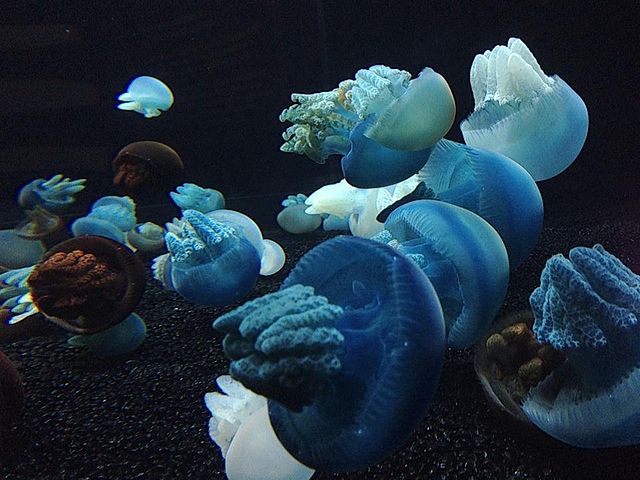

(from: wikipedia - jelly blubber)
Blue Blubber Jellyfish Tank --The Aquarium King-- - The Aquarium King
Kid Facts - Blast from the past: Grimpoteuthis - Dumbo Octopus











